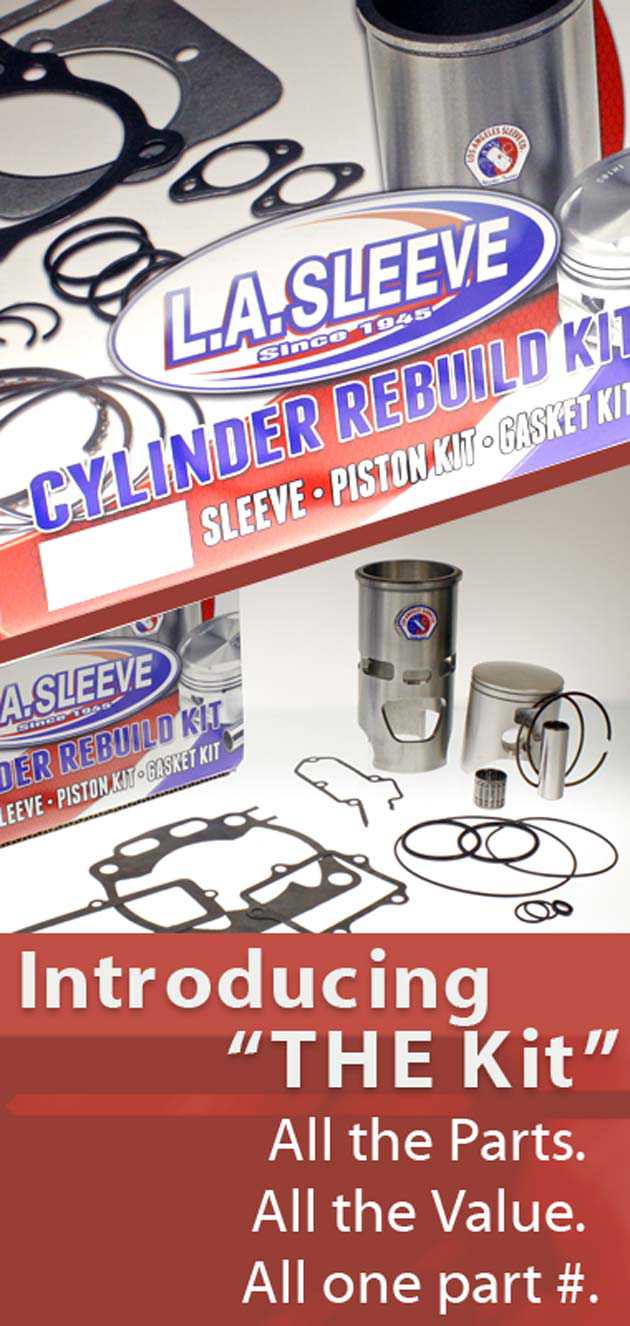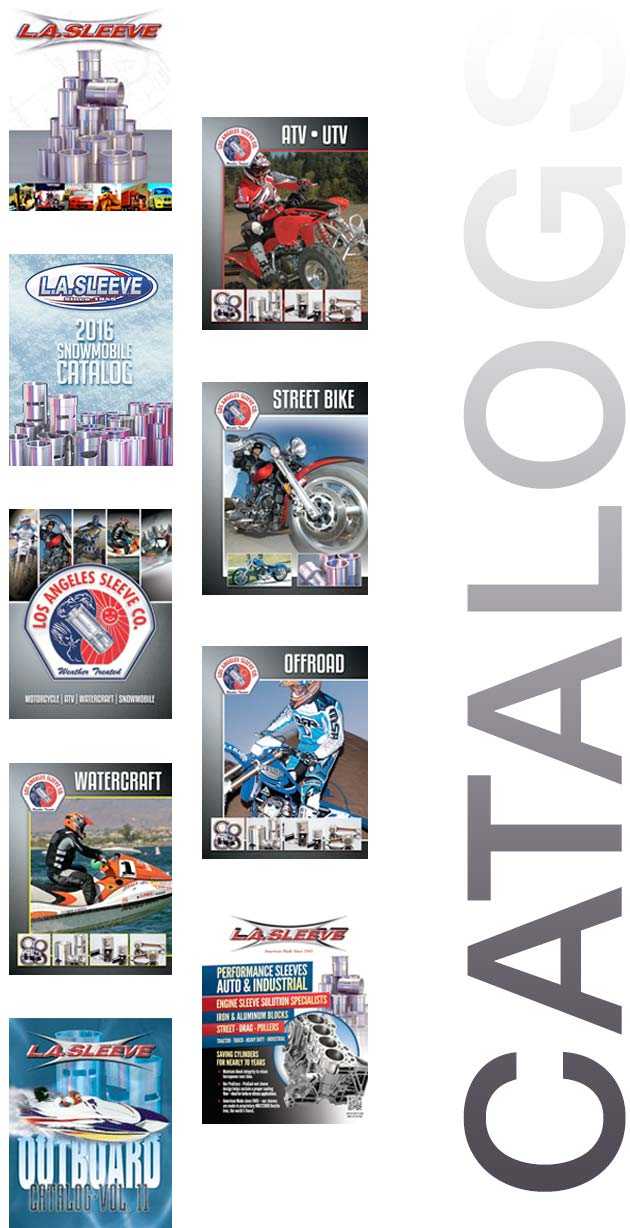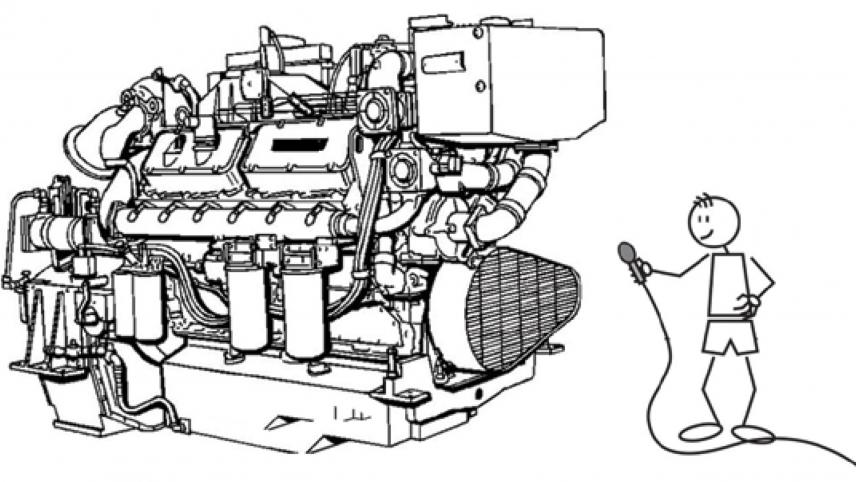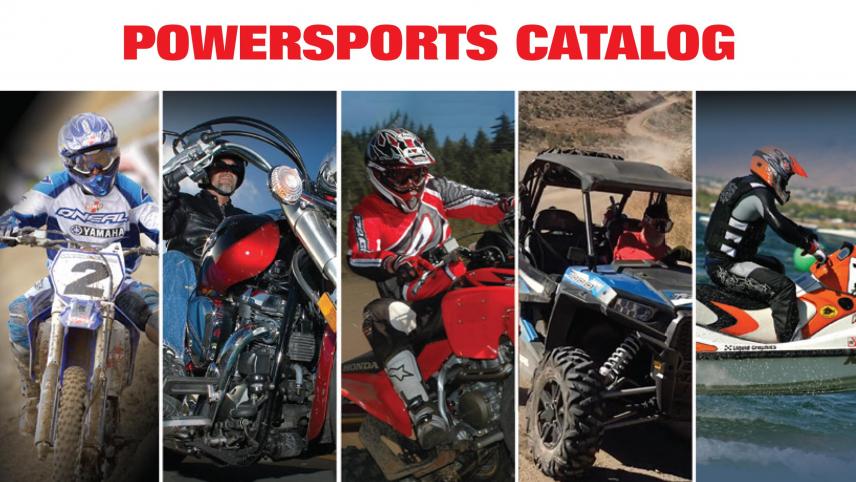Fork Harshness Tips
March 14, 2018 by L.A.SLEEVE
Courtesy of Precision Concepts
One of the most common questions we get at Precision Concepts has to do with fork harshness. More specifically, it’s how to make adjustments to improve harshness while out riding. Of importance is that there isn’t a one-size-fits-all solution for making adjustments. For example, harshness under braking requires a different approach than harshness/deflection under acceleration. If you’re at the track, or on the trail, and want to make some adjustments on the fly, the best place to start is to deduce when the harsh feel is occurring.
Fork Harshness Doesn’t Always Mean Go Softer
For most, logic dictates that if the forks are harsh, they need to be softer. But our testing has shown that if the fork harshness is under braking, firming them up will actually help more often than not. To explain, when your forks are harsh under braking, it’s typically because they’re diving too low and hitting a “step” further into the valving, or stroke. A step can occur when the valving ramps up in a less-progressive fashion. Our goal is to eliminate valving steps internally, but if there is a step, it usually shows up lower in the stroke. So, the goal when making an adjustment is to get the forks to stay up a little more; to not hit that step as abruptly. In order to achieve this, stiffening the compression clicker 2-3 clicks can firm the forks up enough to make a difference. It may not be the ideal long-term fix, but it can help if you’re already riding and want to try to improve the feel.
Sometimes Rebound Can Make The Difference
Continuing with the previous example, another area to adjust is the rebound. Softening the rebound can help the forks recover faster under braking. In effect, this can help them stay up in the stroke and off a harsh step. It also helps the forks recover quicker, which can ease any harshness due to packing. If you’re going to play with the rebound adjuster, try 1-2 clicks at a time and feel the difference it makes. If the front end starts to feel like it’s moving too much, popping back at your face, then you’ve likely reached the threshold for speeding up the rebound. A little bit quicker rebound can also help if the forks are harsh down a straightaway. For the same reasons, it can help the forks stay up off a step in the valving or recover quicker over small chop.
Deflection Can Require Softening Compression
Softening the compression adjuster usually comes into play if the forks feel tall, stiff, or have a tendency to deflect. While also referred to as harshness, this feel differs from harshness under braking. An example is if you’re riding over choppy or rocky terrain and the forks feel like they need to move easier or absorb more. If the forks feel harsh, or deflect, under acceleration, then they may need to be softened. Going out on compression will also aid the forks in diving a little easier when cornering. As always when making adjustments, try 1-3 clicks at a time and note the change in feel. And if the forks start to dive too much or hit a hard spot under braking, then that’s the limit for external adjustment.
In the end, experience has taught us that harshness is most often the result of a step in the valving. Unfortunately, it’s tough to adjust that out of the forks at the track. Making the adjustments listed above can help some to band aid over a little harshness. However, if the harsh feel is pretty dramatic, it may be time to think about getting the forks revalved.
Read the full article at precisionconceptsracing.com/fork-harshness-tips







